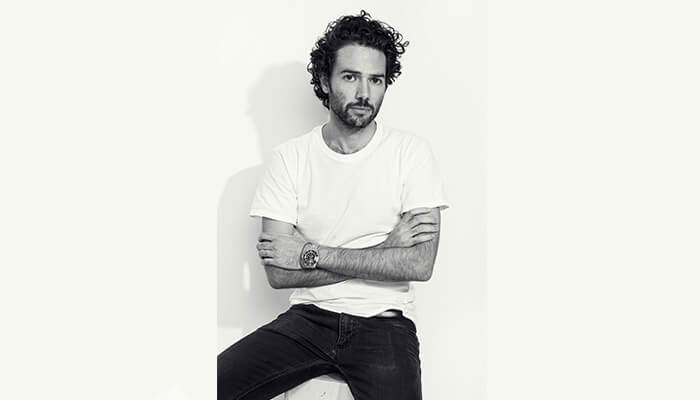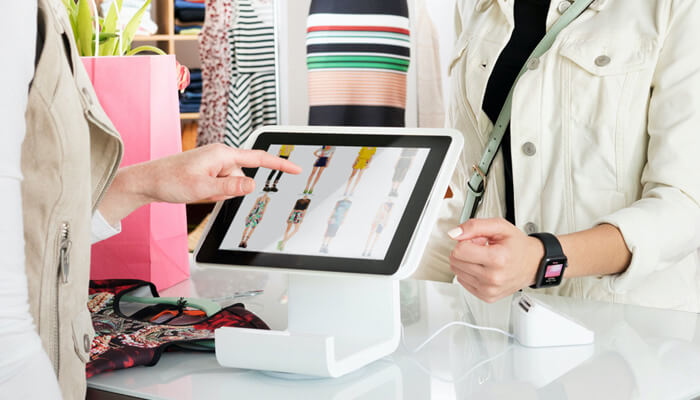In parallel with the changes in the fashion industry, the future of fashion and the way consumers shop for clothing has also changed. Today, shoppers’ preferences and expectations are very different, regardless of whether they are avid shoppers or rarely make new additions to their wardrobes.
Most retailers’ shopping experiences are driven by technology. Whether shopping in a brick-and-mortar store or online, today’s consumer is all about the experience. Nowadays, shoppers want a personalized shopping experience that lets them feel known by the brand. That includes personalized recommendations, loyalty programs, and the belief that retail is, at its core, a service industry.
Adrien Levinger is the CEO of FAV Solution, one of the US’s leading development agencies in the eCommerce industry.
He started the company in 2019 after increasing online sales of The Webster, a concept store that doesn’t focus on just one category, up to 10x in under four years.
One of the top luxury retailers in the US, The Webster sells everything from jewelry to furniture.
When Levinger joined the company in 2016, its online catalog represented around 200 SKUs. Today, it carries thousands of SKUs from 300 brands and fashion houses worldwide.
He also serves as an advisor and business judge for La French Tech, a movement that brings together startups, investors, policymakers, and community builders.
Here Levinger predicts how the shift shoppers make in their buying habits will influence their purchasing experience in 2023.
“The future of retail will be the perfect hybrid of an online and offline experience. We will see these two aspects of shopping merging into a seamless online and in-store experience.
“By offering a true omnichannel experience to consumers, brands will be able to advance both in-store and online and grow. Brands need to have the flexibility to survive. There is a need to be present on several different channels and diversify to offer consumers various purchase options.
The present-day omnichannel experience for consumers could be better achieved by most stores or companies, and there are relatively few companies that achieve this outcome.
“Typically, when you purchase something online, you return it to a store, but when you visit the store, you cannot purchase what you want in a few clicks and have it delivered the next day.
“With the omnichannel experience, the customer can purchase in-store with a few clicks.
“In the same way, currently online, you can encourage customers to complete their look on many fashion websites. By suggesting other items they can buy, you can upsell so that the consumer can buy two or three items instead of buying one.
“We could achieve the same experience in stores. When a consumer enters a fitting room, the fitting room can detect and know the pieces they are trying on.
“On a screen, they can see how they would look with complimentary pieces that could be paired with their fashion choice. All the customer has to do is like it and click on it. Then the sales associate brings it to the fitting room.”
This online and offline integration in fashion retail will soon become the norm. We are talking about eCommerce being the same on two different channels. One will enrich the other. This will also strengthen the relationship between the consumer and the brand.”
“To move forward, brands must unify the offline and online experiences.”




